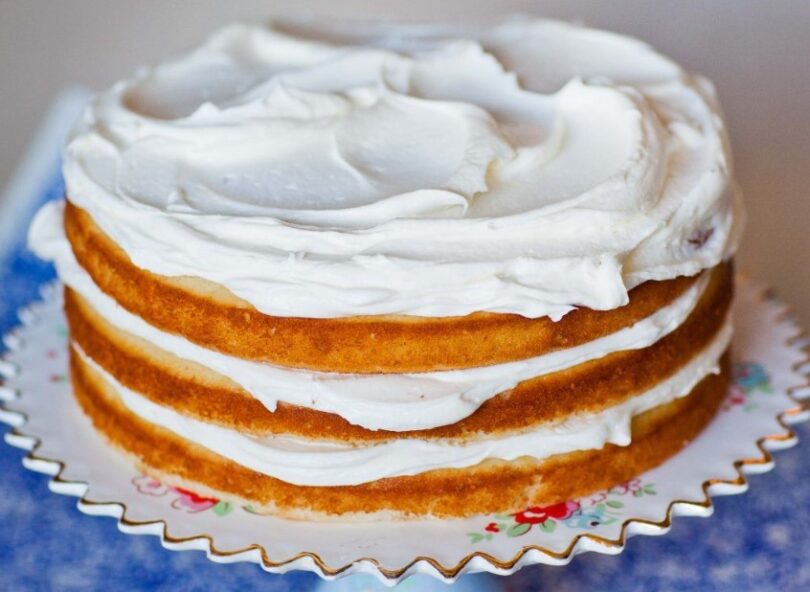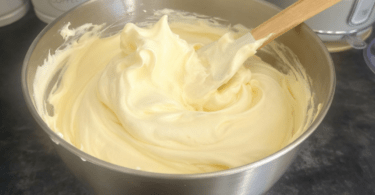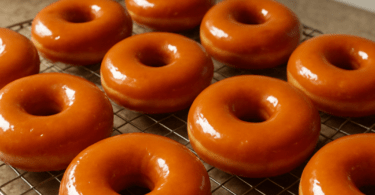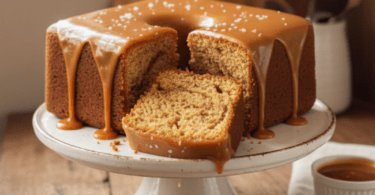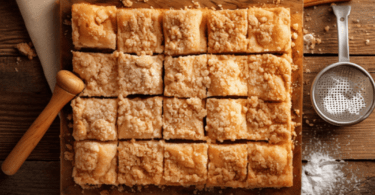Unlock the Secrets of Cake Baking with this comprehensive guide that delves into the essential ingredients, techniques, and tips for creating perfect cakes. Discover the key role of sugar, fats, eggs, leaveners, flour, and salt in achieving the ideal taste and texture. Explore the creaming method, where sugar is expertly mixed into fats to create air bubbles that lighten and stabilize the batter. Alternatively, explore the all-in-one method that offers convenience and moistness with oil as a substitute for butter. Dive into the science behind these methods to understand how they contribute to the rise and structure of your cakes.
Learn the importance of using eggs at room temperature and the transformative impact of egg whites and yolks on color and flavor. Gain insights into leaveners like baking soda and baking powder, and their role in creating the perfect texture and lift in your cakes. Understand the differences between all-purpose flour and cake flour, and how to choose the right one for tender and moist cake layers. Discover the significance of salt in balancing flavors and enhancing the overall taste profile.
With the provided baking tips, master the art of cake baking by ensuring you have the correct ingredient ratios and utilizing proper mixing techniques. Explore cake recipes that put these secrets into practice, empowering you to create delectable cakes that impress with their taste and presentation. Unleash your creativity with various cake decorating techniques to elevate your creations to new heights.
From understanding the science behind baking to learning expert tips and techniques, this article equips you with the knowledge and skills to unlock the secrets of cake baking. Whether you’re a beginner or an experienced baker, this guide will inspire you to experiment, innovate, and create unforgettable cakes that delight the senses.Creating the perfect cake relies on a standard mix of essential ingredients, including sugar, fats, eggs, leaveners, flour, and salt. By understanding these ingredients and using them correctly, you can ensure that your cakes turn out delicious every time.
Sugars
Sugar serves as a vital component in cakes as it provides sweetness and contributes to the overall texture. When sugar is mixed with fats or eggs, the sugar crystals create numerous tiny air bubbles within the batter. During baking, these bubbles expand, causing the batter to rise in the pan. It’s important to note that altering the amount of sugar in a recipe can significantly impact the cake’s outcome. If you deviate from the recommended sugar ratio, you may end up with a dense, flat, or tough cake. Granulated sugar is commonly used in cake recipes.
Fats
Fats play a crucial role in cake baking and can be utilized through two methods: the creaming method and the all-in-one method.
Creaming Method
The creaming method involves mixing sugar into butter (fat) to create air bubbles that expand during baking. This method results in a soft yet sturdy cake, making it suitable for layer cakes and bundt cakes. During creaming, the sugar and butter combine to lighten in color and increase in volume. Eggs are then added one at a time, followed by alternating additions of additional liquids and dry ingredients. To achieve the best results with the creaming method, ensure that all ingredients are at room temperature. It is recommended to use a stand mixer or hand-held mixer for this method, as the creaming process can take anywhere from 3 to 8 minutes. When combining sugar and butter, it’s advisable to use a medium to low speed to prevent the fats from heating up too quickly.
All-in-One Method
The all-in-one method is the simplest cake baking method. Recipes that use this method often state “one bowl” or “pour batter into the pan.” Cakes prepared using this method tend to be very moist and typically use oil instead of butter. They also tend to have a higher liquid content compared to other cakes.
Eggs
Eggs are essential ingredients in cakes as they contribute to the structure, color, and flavor. Eggs consist of two main components: the whites and the yolks. Whipped egg whites can help angel food cakes rise, while egg yolks can transform a white cake into a beautifully yellow one. Most recipes call for whole eggs. It’s crucial to use eggs at room temperature and ensure you have the correct egg size. While interchanging egg sizes won’t ruin a recipe, using the recommended size can help achieve the perfect cake. In most cases, large to extra-large eggs are preferred.
Leaveners
The most common leaveners used in cake recipes are baking soda and baking powder. Baking soda, also known as bicarbonate of soda, neutralizes the acidity of certain ingredients in the batter, resulting in a golden brown color during baking. Baking powder, on the other hand, is a combination of bicarbonate of soda and cream of tartar, an acidic ingredient. Baking powder alone can provide cakes with a lighter texture.
Flour
Flour selection plays a significant role in cake baking. The primary difference among flours found in grocery stores is their protein content. Cake recipes usually specify the type of flour to use, but if not mentioned, all-purpose flour is generally a reliable choice. All-purpose flour, or plain flour, contains 10-13% protein and performs well in most baking applications. Cake flour is the best choice for achieving tender cake layers, as it has a lower protein content of 8-9%. Bleached and unbleached flours can typically be used interchangeably in cake recipes.
Salt
Salt is a crucial ingredient in baking, including cakes. It enhances the overall flavor profile and prevents the cake from becoming overly sweet. Without salt, the secondary flavors in a cake can fall flat as the sweetness dominates. Salt also acts as a protein strengthener, aiding in the creation of the perfect cake. Adding a suitable amount of salt is necessary to balance the flavors.
Once you have a good understanding of these basic ingredients, creating the perfect cake becomes a straightforward process regardless of the recipe you choose to follow.



